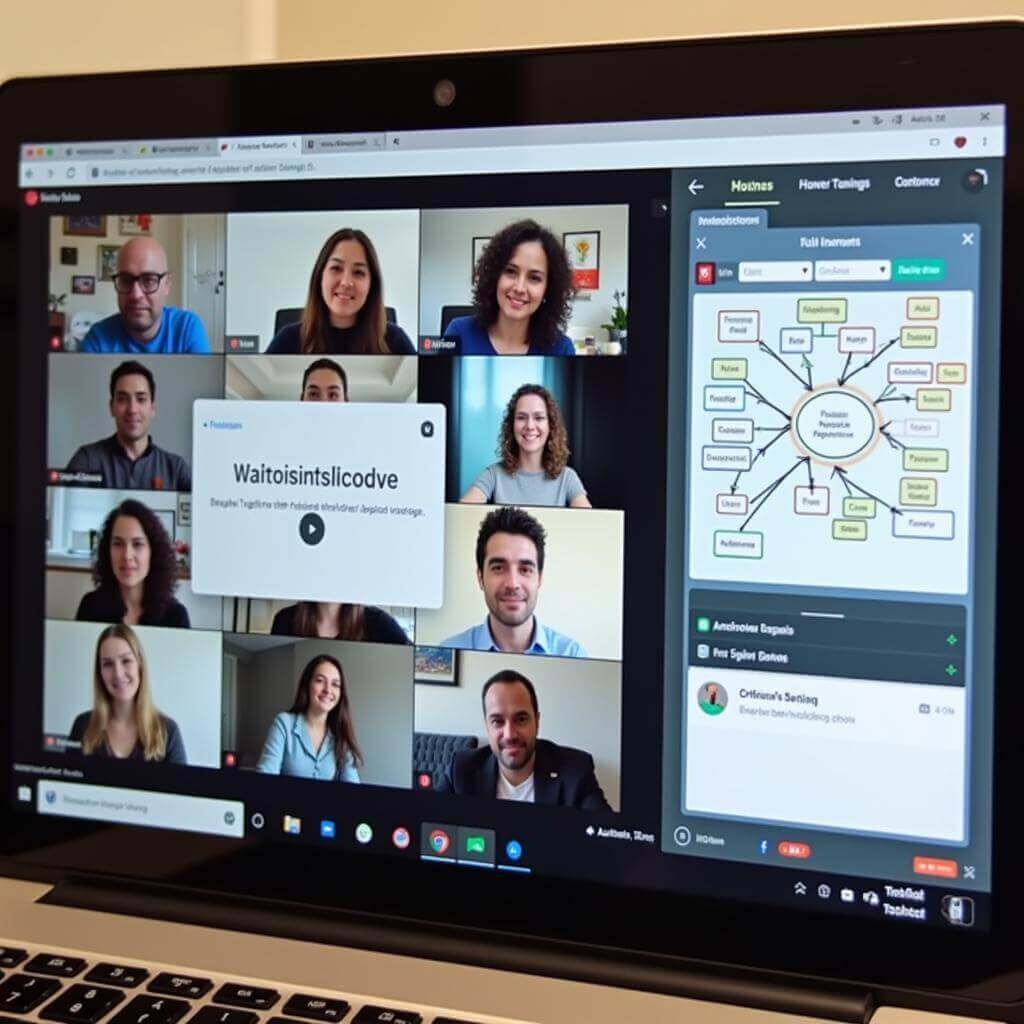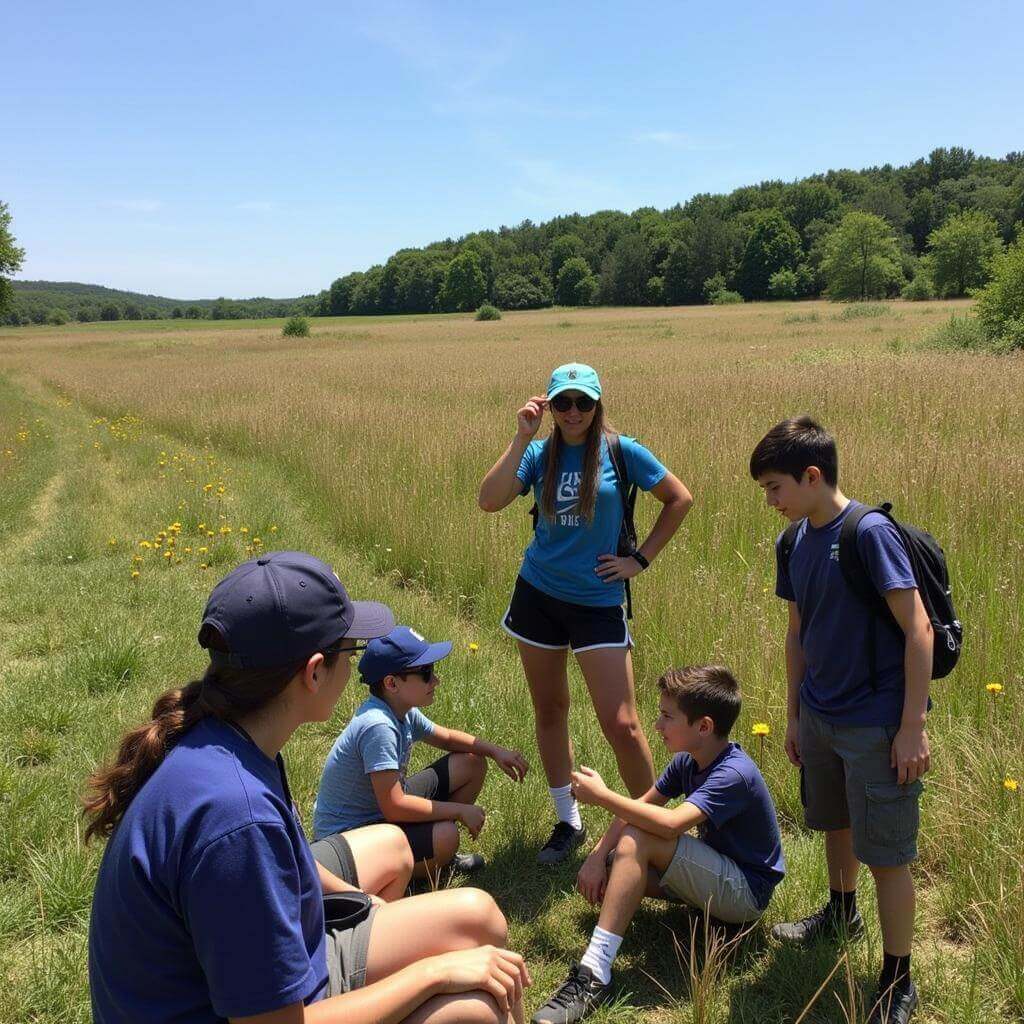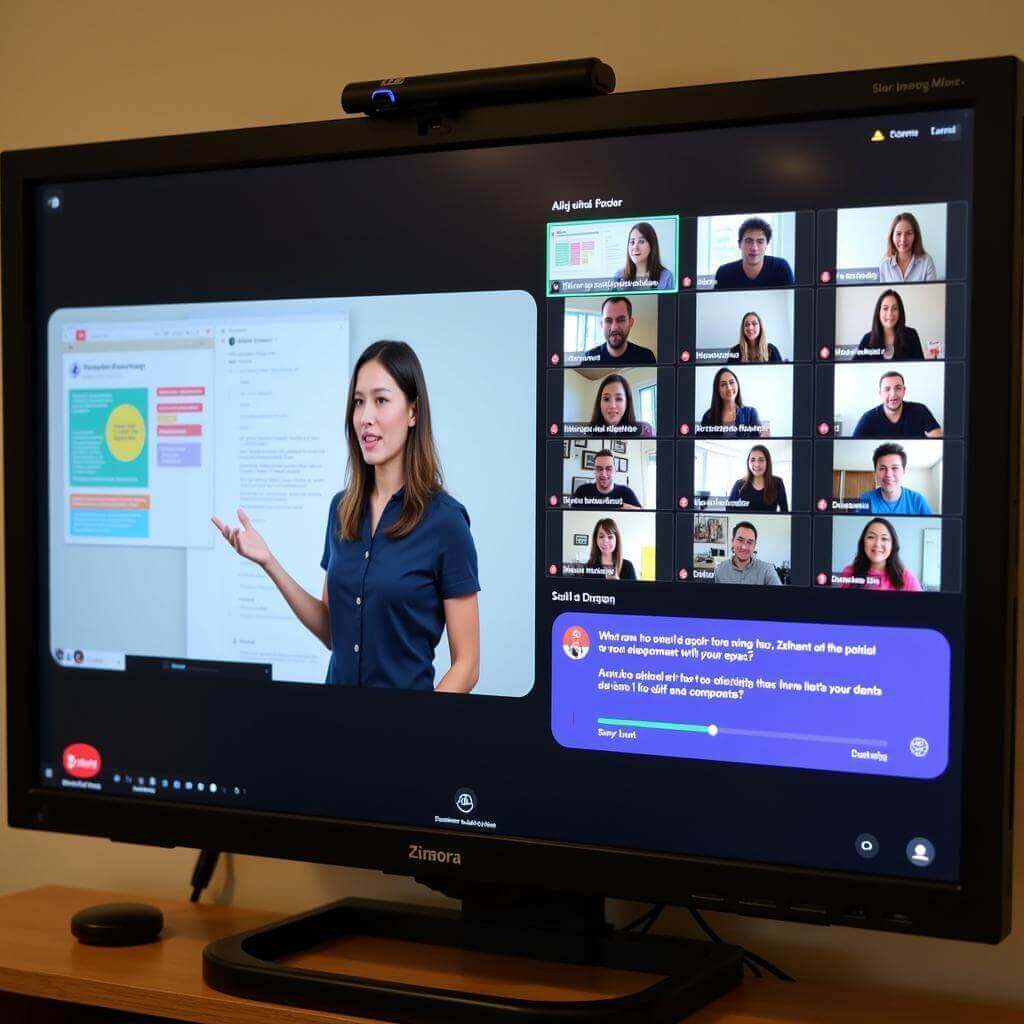The IELTS Reading test assesses your ability to understand and analyze complex texts. Today, we’ll focus on a topic that’s gaining traction in educational circles: how collaborative gaming promotes teamwork in the classroom. This practice test will help you hone your reading skills while exploring an engaging subject.
Nội dung bài viết
- Passage 1 – Easy Text
- The Rise of Collaborative Gaming in Education
- Questions 1-5
- Questions 6-10
- Passage 2 – Medium Text
- Implementing Collaborative Gaming: Challenges and Strategies
- Questions 11-14
- Questions 15-19
- Passage 3 – Hard Text
- The Neuroscience of Collaborative Gaming and Its Impact on Learning
- Questions 20-23
- Questions 24-26
- Questions 27-30
- Answer Key
- Passage 1
- Passage 2
- Passage 3
The influence of traditional games on teamwork education has long been recognized, but modern collaborative gaming takes this concept to new heights. Let’s dive into our IELTS Reading practice test to explore this further.
Passage 1 – Easy Text
The Rise of Collaborative Gaming in Education
In recent years, educators have been exploring innovative methods to enhance student engagement and foster essential skills. One approach that has gained significant traction is the integration of collaborative gaming into the classroom environment. This method leverages the inherent appeal of video games to create immersive learning experiences that promote teamwork, communication, and problem-solving skills.
Collaborative games are designed to require players to work together towards a common goal, mirroring real-world scenarios where cooperation is crucial. These games often present complex challenges that necessitate diverse skill sets, encouraging students to recognize and appreciate the strengths of their peers. As students navigate these virtual worlds, they develop critical thinking skills and learn to delegate tasks effectively.
One of the key benefits of collaborative gaming in education is its ability to create a low-stakes environment for failure and learning. When students encounter obstacles in a game, they are more likely to persevere and try alternative strategies, knowing that the consequences are limited to the game world. This resilience often translates to their approach to academic challenges, fostering a growth mindset.
Moreover, collaborative games can be tailored to specific subjects, allowing educators to reinforce curriculum content while developing soft skills. For instance, a history-based game might require students to work together to solve puzzles related to historical events, simultaneously enhancing their knowledge of the subject matter and their ability to collaborate effectively.
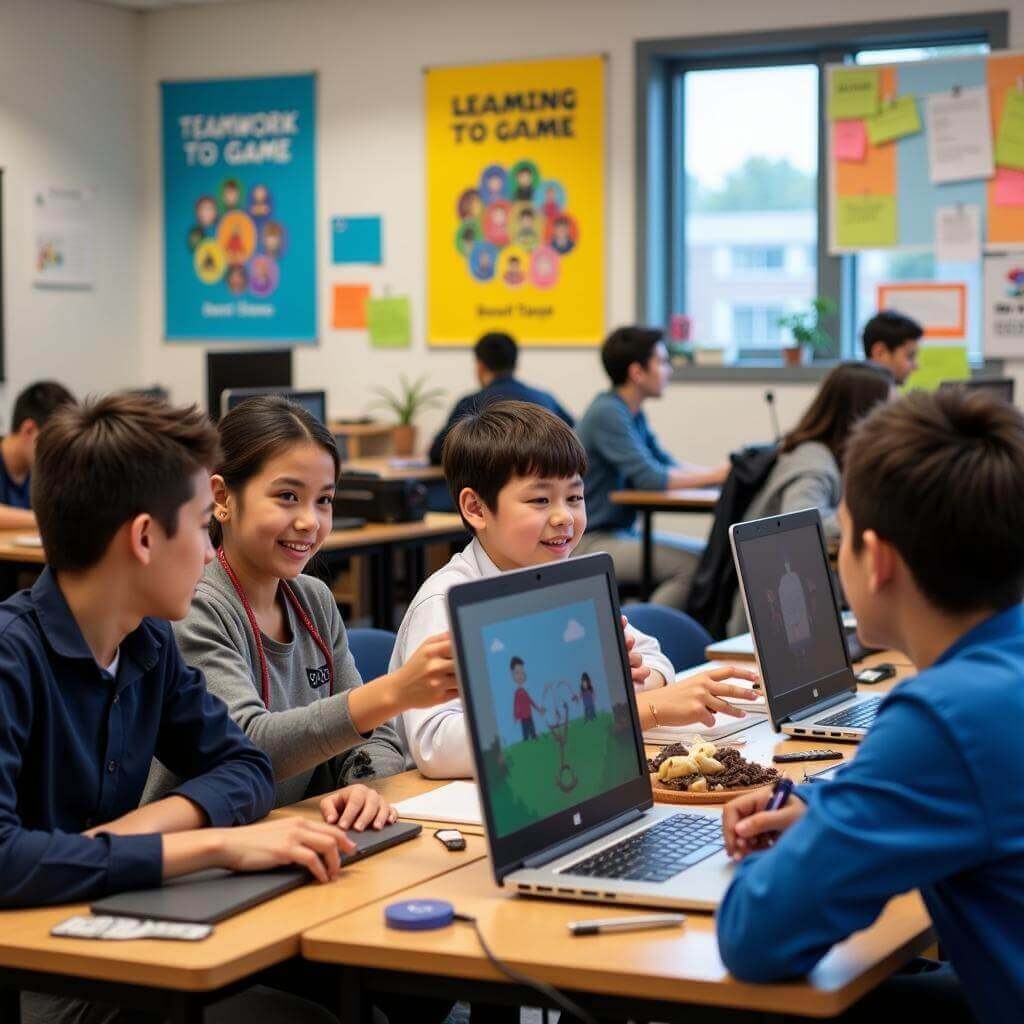 Collaborative gaming enhancing teamwork skills in classroom
Collaborative gaming enhancing teamwork skills in classroom
The implementation of collaborative gaming in schools has shown promising results in terms of student engagement and academic performance. Studies have reported increased motivation, better retention of information, and improved social skills among students who participate in these gaming sessions. As technology continues to advance, the potential for even more sophisticated and effective collaborative gaming experiences in education is boundless.
Questions 1-5
Do the following statements agree with the information given in the reading passage?
Write:
TRUE if the statement agrees with the information
FALSE if the statement contradicts the information
NOT GIVEN if there is no information on this
- Collaborative gaming in classrooms is a relatively new educational approach.
- Students always prefer collaborative gaming to traditional teaching methods.
- Collaborative games help students develop resilience in facing academic challenges.
- All collaborative games used in education are specifically designed for academic subjects.
- Research has shown positive outcomes from using collaborative gaming in schools.
Questions 6-10
Complete the sentences below.
Choose NO MORE THAN TWO WORDS from the passage for each answer.
- Collaborative games often present __ __ that require various skills to solve.
- In collaborative gaming, students learn to appreciate their peers’ __.
- The low-stakes environment of games encourages students to try __ __ when faced with obstacles.
- Collaborative games can be adapted to reinforce specific __ __.
- Studies have reported that collaborative gaming improves students’ __ __ along with academic performance.
Passage 2 – Medium Text
Implementing Collaborative Gaming: Challenges and Strategies
While the benefits of collaborative gaming in education are evident, implementing these strategies effectively in the classroom presents a unique set of challenges. Educators must navigate various obstacles to harness the full potential of this innovative approach to learning and teamwork development.
One of the primary hurdles is the technological infrastructure required to support collaborative gaming. Many schools, particularly in underfunded districts, lack the necessary hardware and software to implement sophisticated gaming platforms. This digital divide can exacerbate existing inequalities in educational opportunities. To address this, some institutions have explored partnerships with tech companies or sought grants to upgrade their facilities.
Another significant challenge lies in curriculum integration. Educators must carefully select or design games that align with learning objectives while maintaining the engaging elements that make gaming effective. This requires a delicate balance between educational content and gameplay mechanics. Some teachers have found success in collaborating with game developers to create bespoke educational games tailored to their specific curriculum needs.
The assessment of learning outcomes in collaborative gaming environments poses another challenge. Traditional evaluation methods may not adequately capture the complex skills developed through these experiences. Educators are experimenting with new assessment techniques, such as peer evaluations, project-based assessments, and in-game performance metrics, to provide a more comprehensive picture of student progress.
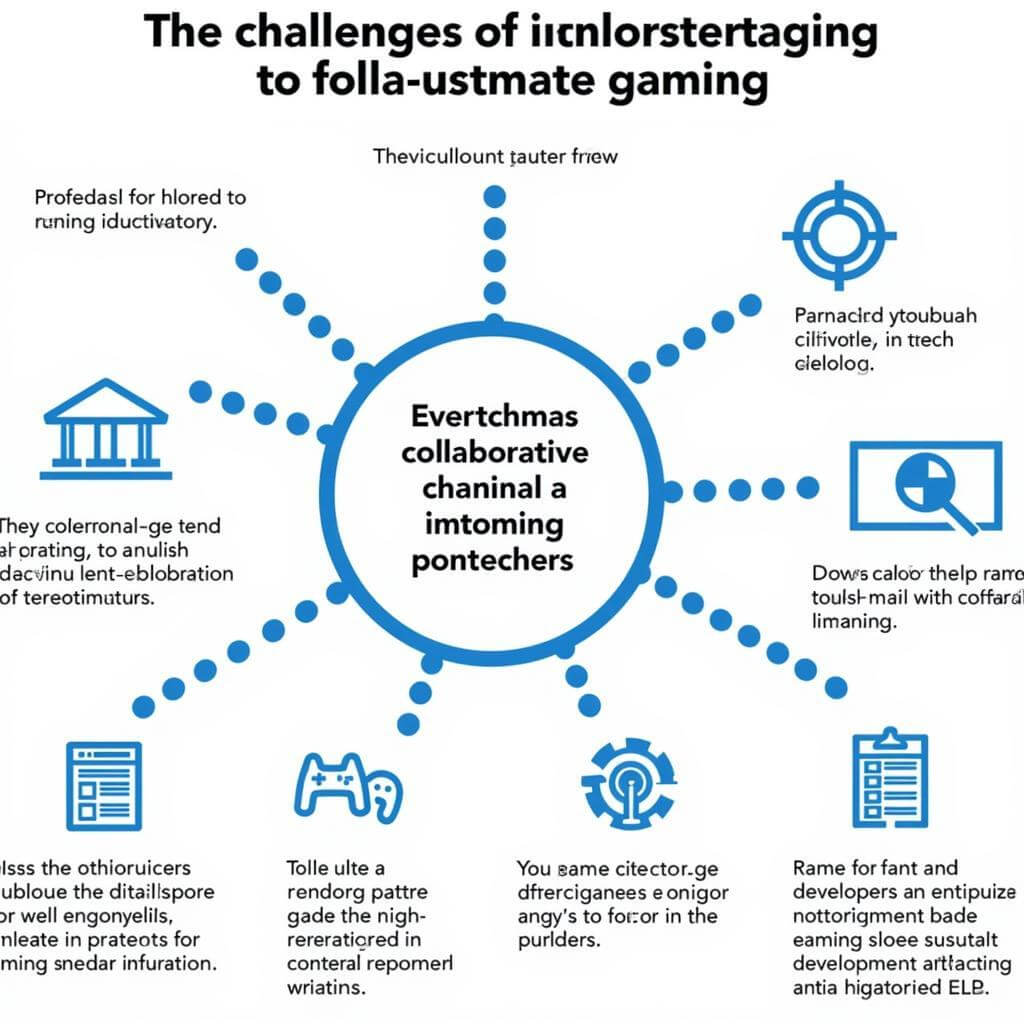 Challenges and strategies in implementing collaborative gaming
Challenges and strategies in implementing collaborative gaming
Time management within the classroom is another consideration. Balancing gaming sessions with other instructional activities requires careful planning. Some schools have adopted blended learning approaches, where collaborative gaming is integrated into a broader curriculum that includes traditional teaching methods and independent study.
Concerns about excessive screen time and potential gaming addiction have also been raised. To mitigate these risks, educators are implementing strict time limits on gaming sessions and incorporating physical activities that complement the virtual teamwork experience. Some schools have introduced debriefing sessions after gaming activities to help students reflect on their experiences and draw connections to real-world applications.
Despite these challenges, many educators remain enthusiastic about the potential of collaborative gaming to transform the learning experience. As best practices emerge and technology continues to evolve, the integration of collaborative gaming in education is likely to become more seamless and effective, preparing students for a future where teamwork and digital literacy are paramount.
Questions 11-14
Choose the correct letter, A, B, C, or D.
-
What is mentioned as a primary challenge in implementing collaborative gaming in schools?
A) Student resistance to new technology
B) Lack of appropriate technological infrastructure
C) Teachers’ unfamiliarity with gaming
D) High cost of gaming software licenses -
How are some educators addressing the challenge of curriculum integration?
A) By focusing solely on educational content
B) By using only commercially available games
C) By working with game developers to create custom games
D) By avoiding games that are too engaging -
What new approach to assessment is mentioned in the passage?
A) Standardized testing
B) In-game performance metrics
C) Written examinations
D) Individual presentations -
How are schools addressing concerns about excessive screen time?
A) By banning all forms of gaming in school
B) By limiting gaming to after-school activities
C) By implementing strict time limits on gaming sessions
D) By replacing all traditional teaching with gaming
Questions 15-19
Complete the summary below.
Choose NO MORE THAN TWO WORDS from the passage for each answer.
Implementing collaborative gaming in education comes with several challenges. One major issue is the need for adequate 15)__ __ in schools. Educators must also carefully select games that align with 16)__ __ while remaining engaging. Assessing student progress in gaming environments requires new techniques, as 17)__ __ methods may be inadequate. Time management is crucial, with some schools adopting a 18)__ __ approach to balance gaming with other activities. To address concerns about screen time, schools are setting time limits and including 19)__ __ to complement virtual teamwork.
Passage 3 – Hard Text
The Neuroscience of Collaborative Gaming and Its Impact on Learning
The integration of collaborative gaming in educational settings has sparked interest among neuroscientists seeking to understand the cognitive processes underlying this innovative approach to learning. Recent studies utilizing advanced neuroimaging techniques have shed light on the intricate neural mechanisms activated during collaborative gaming experiences, offering valuable insights into why this method may be particularly effective in promoting teamwork and enhancing learning outcomes.
One of the most significant findings relates to the activation of the brain’s reward circuitry during collaborative gaming sessions. Functional magnetic resonance imaging (fMRI) studies have shown increased activity in the ventral striatum, a region associated with motivation and reward processing, when participants engage in successful teamwork within a game environment. This neurological response may explain the heightened engagement and persistence observed in students participating in collaborative gaming activities.
Furthermore, collaborative gaming appears to stimulate the prefrontal cortex, an area crucial for executive functions such as planning, decision-making, and impulse control. The dynamic nature of many collaborative games requires players to rapidly assess situations, formulate strategies, and adapt to changing circumstances. This constant cognitive demand may contribute to the development of more robust neural networks associated with these higher-order thinking skills.
Interestingly, neuroimaging studies have also revealed increased activation in the temporoparietal junction (TPJ) during collaborative gaming. The TPJ plays a vital role in social cognition and perspective-taking, abilities that are essential for effective teamwork. The enhanced activity in this region suggests that collaborative gaming may be particularly effective in fostering empathy and improving students’ ability to understand and anticipate the thoughts and actions of their peers.
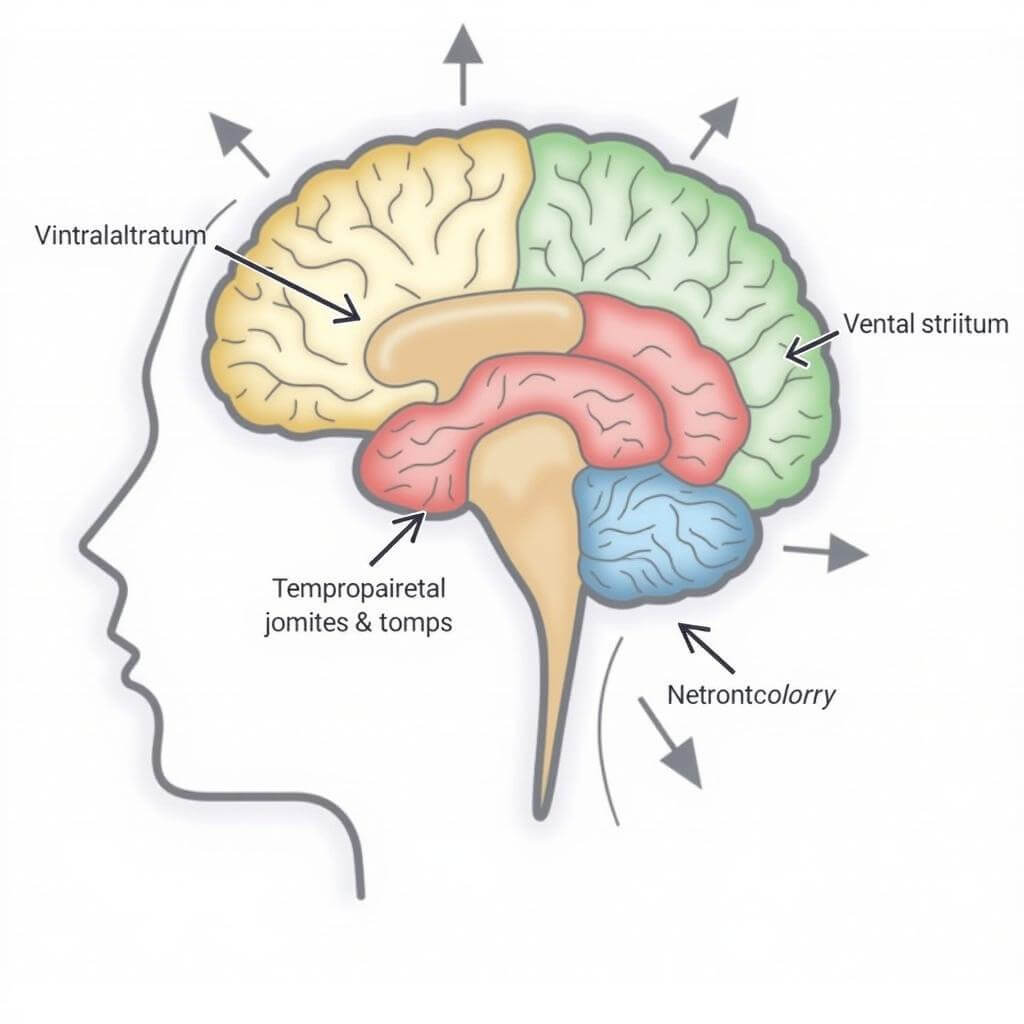 Brain activity during collaborative gaming
Brain activity during collaborative gaming
The hippocampus, a structure critical for memory formation and spatial navigation, also shows heightened activity during collaborative gaming experiences. This activation may explain the improved retention of information observed in students who engage in curriculum-aligned collaborative games. The immersive nature of these games, combined with the social interaction they facilitate, appears to create a rich context for encoding new information, potentially leading to more durable and accessible memories.
Moreover, studies focusing on neuroplasticity – the brain’s ability to form new neural connections – have yielded promising results. Longitudinal research suggests that regular engagement in collaborative gaming can lead to structural changes in the brain, particularly in regions associated with social cognition and executive function. These changes may contribute to long-term improvements in teamwork abilities and cognitive flexibility.
However, it is important to note that the neural impact of collaborative gaming can vary depending on the specific game design and implementation. Games that incorporate elements of cognitive conflict, where players must reconcile different perspectives or approaches, appear to be particularly effective in stimulating neural growth and cognitive development. This finding underscores the importance of thoughtful game selection and design in educational settings.
The neuroscientific evidence supporting collaborative gaming in education is compelling, but researchers caution against viewing it as a panacea. The effectiveness of this approach depends on various factors, including the quality of game design, the appropriateness of the gaming experience for specific learning objectives, and the overall balance with other educational methods. As our understanding of the neural mechanisms underlying collaborative gaming continues to grow, educators and game designers will be better equipped to create targeted experiences that maximize cognitive benefits and promote effective teamwork skills.
Questions 20-23
Choose the correct letter, A, B, C, or D.
-
According to the passage, which part of the brain shows increased activity related to motivation during collaborative gaming?
A) Prefrontal cortex
B) Temporoparietal junction
C) Hippocampus
D) Ventral striatum -
What role does the temporoparietal junction play in collaborative gaming?
A) Memory formation
B) Reward processing
C) Social cognition
D) Spatial navigation -
Which brain structure is associated with improved retention of information during collaborative gaming?
A) Prefrontal cortex
B) Hippocampus
C) Ventral striatum
D) Temporoparietal junction -
What type of game element is mentioned as being particularly effective in stimulating neural growth?
A) Competitive challenges
B) Cognitive conflict
C) Time-based puzzles
D) Repetitive tasks
Questions 24-26
Complete the sentences below.
Choose NO MORE THAN TWO WORDS from the passage for each answer.
- The prefrontal cortex, which is stimulated during collaborative gaming, is responsible for __ __ such as planning and decision-making.
- Studies on __ suggest that regular collaborative gaming can lead to structural changes in the brain.
- Researchers warn that collaborative gaming should not be seen as a(n) __ for all educational challenges.
Questions 27-30
Do the following statements agree with the claims of the writer in the reading passage?
Write:
YES if the statement agrees with the claims of the writer
NO if the statement contradicts the claims of the writer
NOT GIVEN if it is impossible to say what the writer thinks about this
- All types of collaborative games have the same impact on brain activity.
- The effectiveness of collaborative gaming in education is influenced by the quality of game design.
- Neuroscientific research on collaborative gaming is conclusive and requires no further study.
- Collaborative gaming is more effective than traditional teaching methods in all learning scenarios.
Answer Key
Passage 1
- TRUE
- NOT GIVEN
- TRUE
- FALSE
- TRUE
- complex challenges
- strengths
- alternative strategies
- curriculum content
- social skills
Passage 2
- B
- C
- B
- C
- technological infrastructure
- learning objectives
- traditional evaluation
- blended learning
- physical activities
Passage 3
- D
- C
- B
- B
- executive functions
- neuroplasticity
- panacea
- NO
- YES
- NOT GIVEN
- NOT GIVEN
This IELTS Reading practice test explores the fascinating topic of collaborative gaming in education, highlighting its potential to enhance teamwork skills in the classroom. By engaging with this material, you’ve not only practiced your reading comprehension but also gained insights into an innovative educational approach. Remember to apply the strategies you’ve learned here to future IELTS Reading tasks, and continue exploring diverse topics to broaden your knowledge base.
